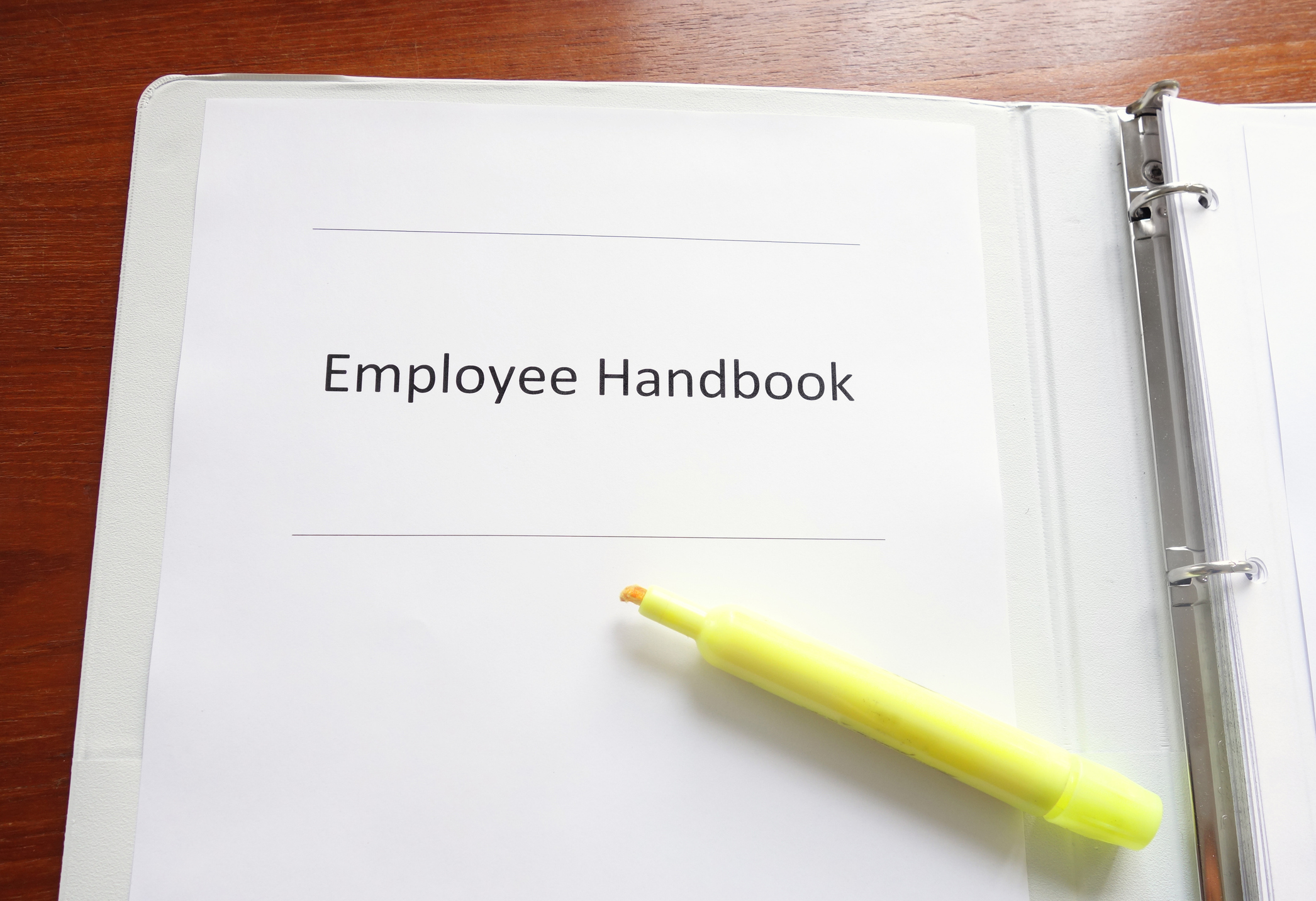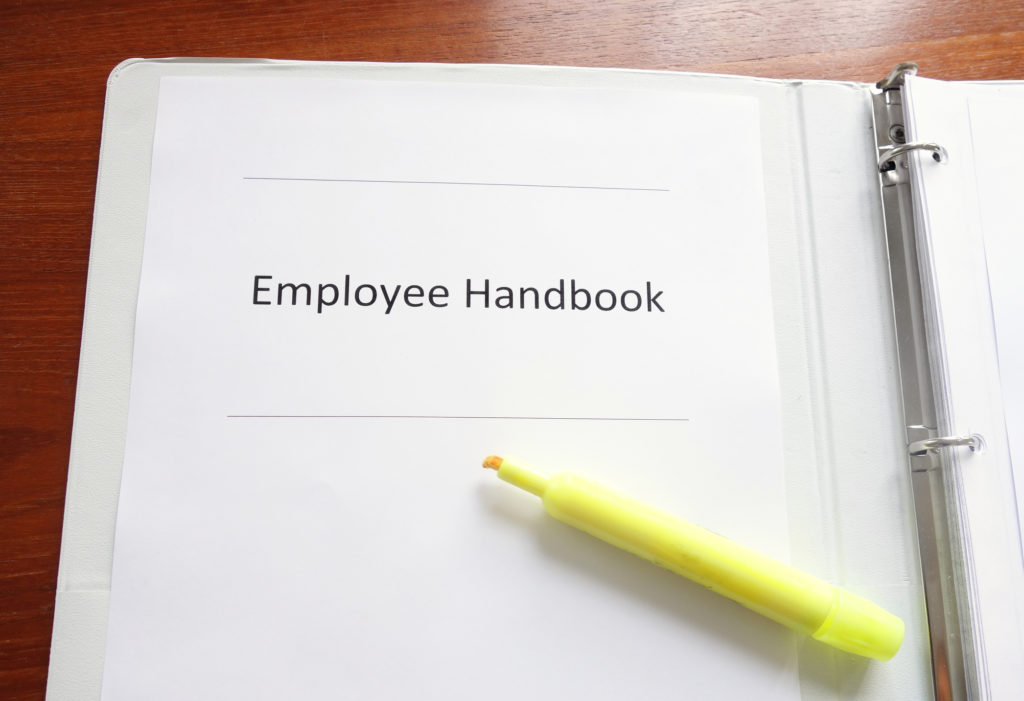The following article originally appeared on the BerniePortal blog. BerniePortal is a human resources platform developed by EO member Alex Tolbert.
A road map for employees
The employee handbook is the single most important document for your organization. It is a road map for employees, clearly outlining what behaviors and work patterns are acceptable to the company.
Even so, many employers, particularly small ones, lack employee handbooks. Startups frequently make the mistake of considering handbooks unnecessary or outdated, but they are extremely useful for even the smallest organizations.
A detailed, easy-to-read handbook sets the tone of your company’s culture and expectations, and it communicates to new hires that they are joining an organization that has vision.
What to include in an employee handbook
- Key employment law policies, including federal, state and local regulations.
- An overview of the company and general employment policies such as job classifications, employment eligibility, employee records, job positings, termination procedures, resignation procedures, union information if applicable and leave policies.
- Anti-discrimination policies—employers must comply with laws prohibiting discrimination, and harassment, as well as ADA compliance. The handbook should include employee expectations.
- Sexual harassment prevention statement, and the company’s commitment to zero tolerance.
- Work scheduling: Policies on hours of operation, schedules, attendance rules, punctuality and reporting absences. Who does the employee notify, who and how does the manager notify, and how does HR handle?
- Conduct standards—how you expect employees to behave in the workplace, including dress code, cyber security, and device policies.
- Safety and security: Even in office environments, safety protocols need to be shared. This includes where emergency exits are located, how to report an accident, and OSHA reporting requirements. This section should also include the company’s statement regarding inclement weather or hazardous situations.
- Tech security: Outline policies on technology, such as appropriate use of company email, blog posting, computer software and social media usage.
Categories: PEOPLE/STAFF


